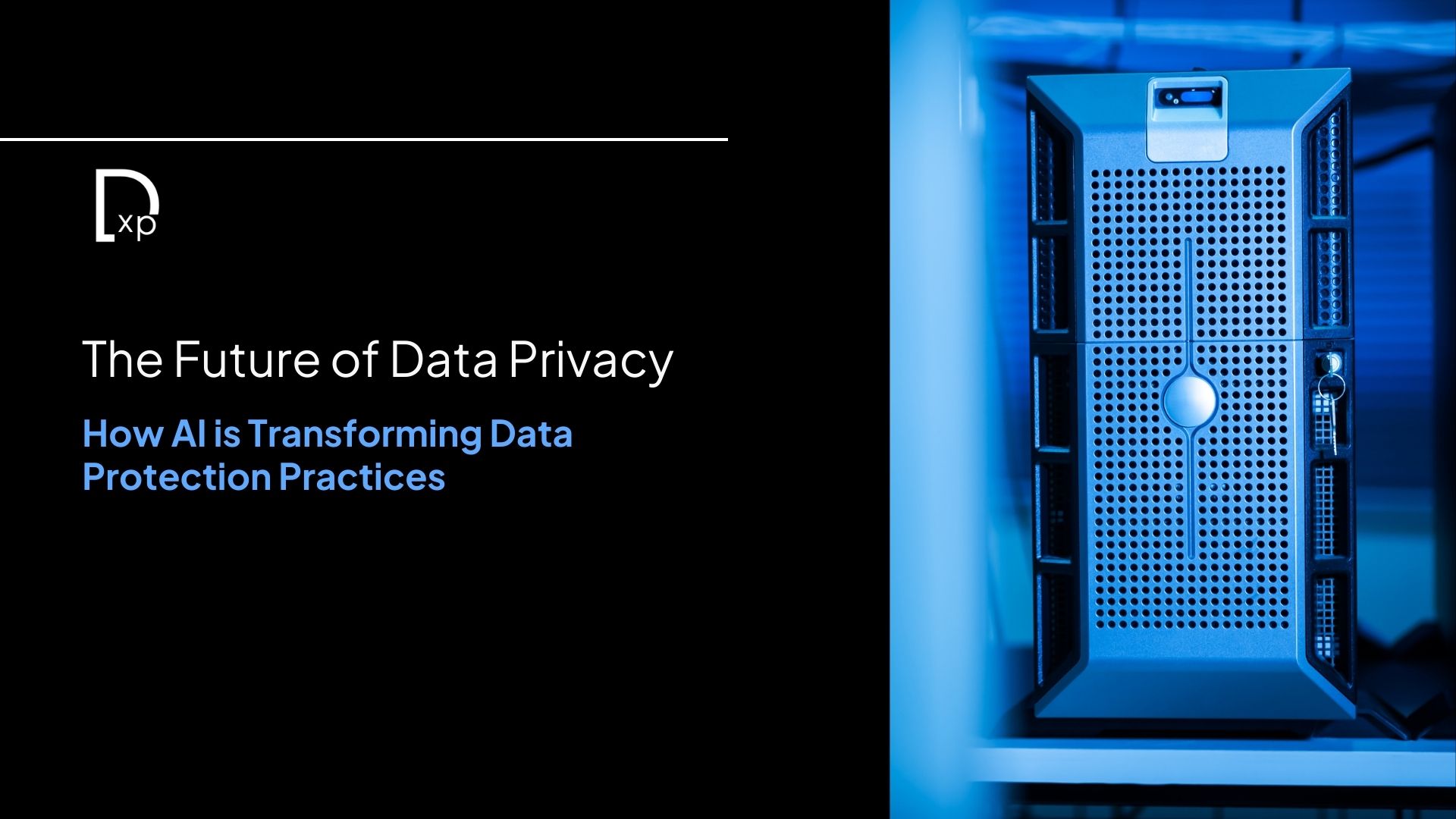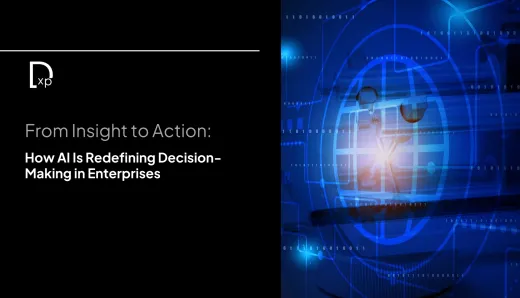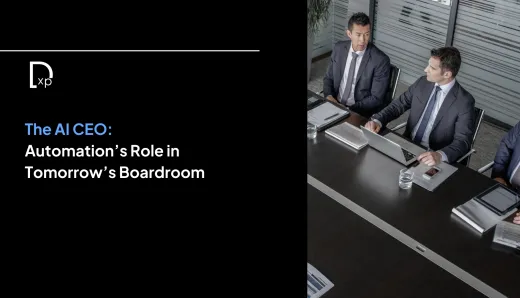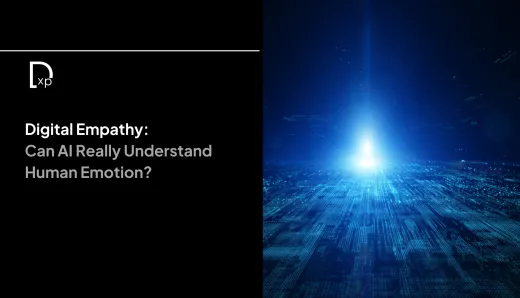The Future of Data Privacy: How AI is Transforming Data Protection Practices

As artificial intelligence moves from futuristic concept to everyday reality, it is fundamentally reshaping how organizations approach data protection. The interplay between AI and data privacy is no longer just about risk—it’s about opportunity. The very technologies that once raised red flags for privacy advocates are now being harnessed to safeguard data with unprecedented efficiency and foresight. In this new paradigm, AI is not just the disruptor of traditional privacy practices—it’s the architect of their evolution.
AI as a Double-Edged Sword in Data Privacy
AI’s role in data privacy has always been paradoxical. On one hand, AI systems thrive on data—massive, detailed, and often personal—which has raised valid concerns about surveillance, misuse, and opaque decision-making. On the other hand, AI is now increasingly being used to fortify the very privacy it was once accused of endangering.
This duality is shaping the future of data protection. As organizations recognize the limits of human-driven compliance and cybersecurity, AI is stepping in to fill critical gaps. From detecting anomalies in real time to automating compliance checks across jurisdictions, AI is beginning to offer a dynamic, scalable layer of defense that traditional methods simply can't match.
AI-Driven Compliance: Faster, Smarter, Scalable
One of the most promising applications of AI in data privacy lies in regulatory compliance. With frameworks like GDPR, CCPA, and Brazil’s LGPD becoming standard across regions, organizations face increasing pressure to not only comply but prove they’re doing so at scale. Manual audits and fragmented systems are no longer sufficient.
AI-powered compliance tools are now being deployed to scan databases for personally identifiable information (PII), flag data subject access requests (DSARs), and monitor for non-compliant data processing practices in real time. These systems reduce the burden on human compliance officers, increase accuracy, and provide a defensible audit trail.
Natural language processing (NLP) is also playing a role, particularly in parsing privacy policies and contracts to ensure legal alignment. AI tools can identify clauses that may conflict with local laws or trigger red flags—turning what once took days into a matter of seconds. In the future, expect AI to play an even bigger role in proactive legal compliance, potentially drafting privacy notices or automating cross-border data flow assessments.
AI for Threat Detection and Response
Beyond regulatory concerns, AI is also revolutionizing cybersecurity—the frontline of data protection. Traditional threat detection systems rely on known patterns and signatures. But cyber threats are increasingly adaptive, targeting the weakest points in real time. AI, especially machine learning models trained on historical threat data, can identify unusual patterns, unauthorized access, or potential breaches with far greater speed and nuance.
These intelligent systems don’t sleep, don’t fatigue, and don’t overlook anomalies. When integrated into a broader data privacy strategy, AI-powered threat detection becomes a vital tool—not just for protection, but for prevention. Moreover, AI can help automate incident response protocols, ensuring that alerts are escalated appropriately, stakeholders are notified quickly, and mitigation steps are deployed with minimal delay.
The Rise of Privacy-Enhancing Technologies (PETs)
While AI protects data behind the scenes, it’s also powering a new wave of privacy-enhancing technologies (PETs) that change how data is used altogether. Federated learning, for example, allows machine learning models to be trained across decentralized devices without ever moving raw data—preserving user privacy at the source.
Differential privacy, another innovation, enables companies to extract insights from datasets while mathematically ensuring that individual records remain anonymous. These AI-enabled technologies represent a shift from traditional perimeter-based security to data-centric privacy—where the focus is not just on guarding data, but on ensuring it is used responsibly and ethically.
These PETs are particularly important as companies seek to balance personalization with privacy. AI systems can now tailor services to users without ever directly identifying them—a feat that was unthinkable just a few years ago.
Ethical Governance and the Human Factor
Even as AI revolutionizes data privacy practices, governance remains essential. The adoption of AI must be matched by a commitment to ethical principles—transparency, accountability, and fairness. Organizations need clear frameworks for how AI is used in data protection, who oversees it, and how its decisions are audited.
Importantly, the human factor cannot be eliminated. AI can flag risks and suggest responses, but ultimately, decisions—especially those affecting individual rights—must rest with humans. As such, the future of data privacy will require new roles and skillsets: AI ethicists, algorithm auditors, and cross-functional privacy teams that blend legal, technical, and ethical expertise.
A Future Where Privacy and Innovation Coexist
The narrative that AI and privacy are at odds is giving way to a more nuanced reality—one where AI becomes a critical enabler of privacy, not just a threat. This shift is redefining the future of data protection. It’s not about building walls around data—it’s about building smarter, adaptive systems that understand the value and sensitivity of that data at every point in its lifecycle.
For organizations willing to invest in AI-driven privacy innovation, the rewards are considerable. Enhanced trust, stronger regulatory resilience, and greater agility in the face of new threats and laws. In an era where data is currency and privacy is power, AI is the bridge between the two—a force shaping a future where protection and progress are not mutually exclusive, but mutually reinforcing.




